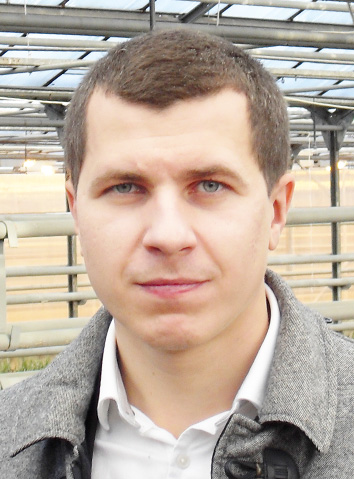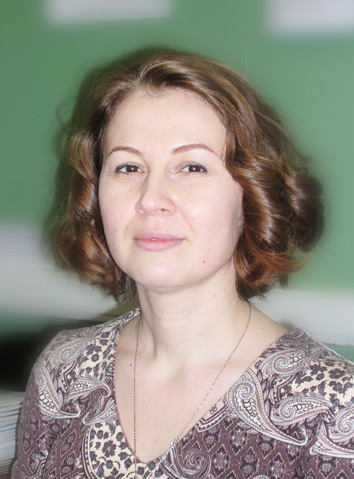Assessment of potato samples
ARTIST: the hight art of the victory
УДК 635.21:632.954
Новейший гербицид от компании «Байер» поможет справиться с самыми злостными сорняками. Continue reading
Cultivation of watermelon in Belarus
Innovation technologies of seedlings growing of flowers
УДК 635.9
DOI:10.25630/PAV.2018.2.17584
 А.В. Корчагин
А.В. Корчагин
Рассмотрены различные аспекты производства рассады цветочных культур, позволяющие достигнуть высокого качества продукции: правильный выбор посевного материала, механизация производства, досветка растений и применение регуляторов роста, использование готовых сеянцев.
Ключевые слова: цветочные культуры, рассада, досветка, сеянцы, технология. Continue reading
Varietal technology of cucumber F1 Atos growing in open field
УДК 625.63:631.5
DOI:10.25630/PAV.2018.2.17583
 Л.А. Чистякова
Л.А. Чистякова
Представлена технология выращивания партенокарпического гибрида корнишонного типа F1 Атос в условиях открытого грунта. Зеленцы короткие, мелкобугорчатые, не перерастают и не деформируются в условиях открытого грунта, пригодны для сбора пикулей и корнишонов. Для формирования урожая на уровне 70 т и выше рекомендовано под зяблевую вспашку вносить от 40 до 120 т/га навоза в зависимости от плодородности почвы. В виде подкормки с помощью капельного орошения вносить минеральные удобрения. В борьбе с грибными заболеваниями растений огурца использовать фунгициды. Для снятия отрицательного воздействия пестицидов, неблагоприятных факторов среды и других стрессовых ситуаций следует применять стимуляторы роста.
Ключевые слова: огурец, F1-гибрид, открытый грунт, технология, урожайность, удобрение, стимуляторы роста. Continue reading
First-line of agrochemical industry
УДК 631.82/.85
Компания «ЕвроХим» с уверенностью вступает в 2018 год. Continue reading
Forward!
В рамках XXIII международной специализированной торгово-промышленной выставки «MVC: Зерно–Комбикорма–Ветеринария» на ВДНХ под эгидой Минсельхоза России состоялось Всероссийское агрономическое совещание. Continue reading
State-private partnership is the most effective way of development of the domestic breeding of vegetable crops
№2, 2018 en
Contents
Main topic
State-private partnership is the most effective way of development of the domestic breeding of vegetable crops. N.N. Klimenko P. 2 Continue reading


















